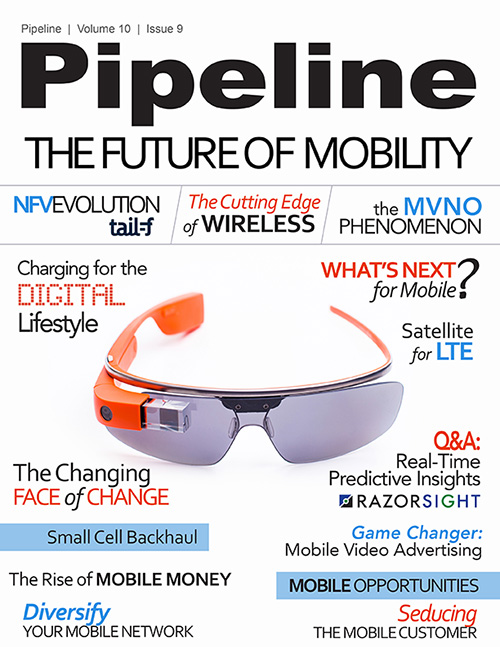Game Changer: Mobile Video Advertising
By: Becky Bracken

The pain that the rise in video traffic has caused network operators and service providers over the past handful of years has now turned the corner to offer, instead, a hearty opportunity to generate revenues and build customer loyalty.
Video is driving an exponential increase in traffic on both fixed and mobile networks. In fact, according to Sandvine, Netflix and YouTube account for a full 50 percent of downstream traffic on fixed networks in North America and is on the march to catch up around the rest of the world. Operators and service providers are tackling the video traffic clog with a variety of strategies including network upgrades, NFV, SDN and a variety of compression tools. However, on the upside, increased video traffic also presents a revenue opportunity.
The old-school broadcast television world is incredibly conservative and slow to adopt new technology. Until recently, the biggest innovations in broadcast were stereo sound in the 1980s. But the HDTV revolution and digital TV switch in the US in 2009 ushered in an era of digital, compressed video that could be shared in an instant. Again, broadcasters panicked that their bread-and-butter programming would be unleashed from the plugged in boob-tube and they'd never be able to get that particular genie back in the bottle. They were right.
Broadcasters and content creators have gotten incredibly good at securing content behind keys and pass codes and preventing piracy. Services like Netflix, HBO Go and Amazon Prime are perfect examples of how content distribution and security have made the online video business both possible and inevitable. The next hurdle was to reliably measure the audience the content captured to sell to advertisers. While comScore and Google analytics numbers are reliable, those audience measurements aren't what mainstream advertisers compare when making their ad buys.Nielsen announced in October, 2013, that it developed and will implement its new software developer kit that will allow Nielsen to measure audience on digitally viewed video. It provides unified coding that tells Nielsen, either through metadata or digital watermarks, exactly how the video was viewed. This is a huge development for content providers looking to attract big-dollar advertisers, who rely on Nielsen audience measurement to make decisions. Advertisers want to know exactly where each of their ad dollars are being spent and who is seeing their message. Being able to capture online numbers is a big step in that direction. Hulu, Netflix, and many other OTT players are obviously poised to gain immediate traction in terms of advertising dollars for viewers, but it also presents an opportunity for service providers to create their own revenue streams from video.
Here's why video is important for service providers. First, video is a means of service differentiation in the market. Second, video helps bridge the gap between service providers and network operators and over-the-top (OTT) players in the space. Video also offers opportunities to personalize service by region, lifestyle and other personal customer preferences.





















